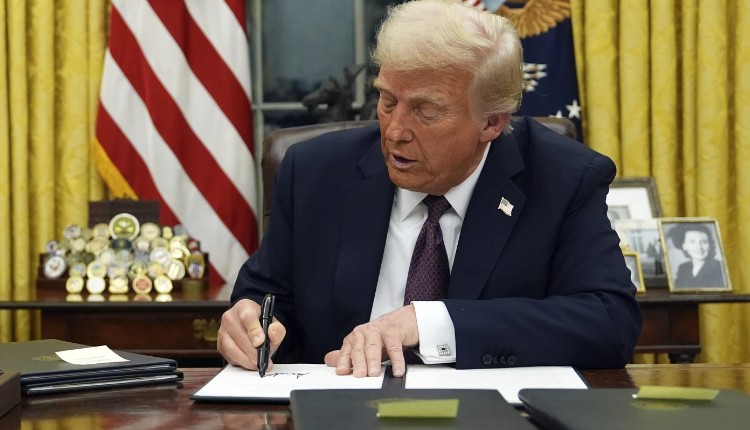Kathmandu: U.S. President Donald Trump’s steep 50 percent tariffs on Indian imports came into force on Tuesday, weeks after Washington imposed an additional 25% penalty on New Delhi over its purchases of Russian oil and weapons, BBC reported.
The move places India, one of America’s closest Indo-Pacific partners, among the countries facing the world’s highest tariff rates. Analysts warn it could hit India’s export-driven industries, including textiles, gems and seafood, and weigh on the country’s growth.
Indian Prime Minister Narendra Modi has countered the trade blow with promises of sweeping tax reforms. Earlier this month, he announced a forthcoming “massive tax bonanza” for citizens and small businesses, alongside a planned overhaul of the goods and services tax (GST) system. The government has also rolled out income tax cuts worth $12 billion, with new GST reductions estimated at $20 billion.
Economists told the BBC that the fiscal stimulus could soften the impact of tariffs by boosting private consumption, which accounts for nearly 60% of India’s GDP. Brokerages including Morgan Stanley and UBS said the reforms may help drive growth, lower inflation, and support domestic demand, particularly in consumer-facing sectors such as automobiles, garments and housing materials.
However, trade talks between Washington and New Delhi have stalled amid rising tensions, and experts warn the tariffs, seen by some as tantamount to sanctions, could strain relations between the two major economies.
–BBC
